Finding the Perfect Fit: Custom Insoles for Flat Feet
Understanding Flat Feet
Flat feet, also known as fallen arches, is a common condition where the arches of the foot are lower than usual or completely absent. This can cause the entire sole of the foot to come into contact with the ground when standing or walking. Flat feet can be present from birth or develop over time due to factors such as genetics, injury, or muscle weakness.
What are Flat Feet?
Flat feet is a condition characterized by the absence or low height of the arches in the feet. In individuals with flat feet, the entire sole of the foot touches the ground, resulting in a lack of natural arch support. This can lead to various issues and discomfort, especially during prolonged standing or physical activities.
Flat feet can vary in severity, with some individuals experiencing mild flat feet, while others have more pronounced arch collapse. It is important to note that having flat feet does not necessarily cause pain or problems for everyone. However, individuals with flat feet may be more prone to certain issues.
Common Issues Associated with Flat Feet
Flat feet can contribute to several foot-related problems, including:
- Foot and ankle pain: The lack of proper arch support can result in strain on the muscles and ligaments of the foot and ankle, leading to pain and fatigue.
- Overpronation: Overpronation occurs when the foot rolls excessively inward while walking or running. This can lead to instability and place additional stress on the feet, ankles, and lower legs.
- Plantar fasciitis: Flat feet can increase the risk of developing plantar fasciitis, a condition characterized by inflammation of the plantar fascia, a thick band of tissue that runs along the bottom of the foot.
- Shin splints: Flat feet can contribute to shin splints, which are characterized by pain along the shinbone (tibia) due to excessive stress on the muscles and connective tissues.
- Lower back pain: The altered foot mechanics associated with flat feet can impact the alignment of the entire body, potentially leading to lower back pain.
It is important to address the challenges associated with flat feet to maintain foot health and overall wellbeing. One approach to managing flat feet is through the use of custom insoles that provide the necessary arch support and help alleviate discomfort. In the following sections, we will explore the importance of arch support and the benefits of using insoles specifically designed for flat feet.
The Importance of Arch Support
For individuals with flat feet, arch support is crucial in providing the necessary stability and balance. The arch of the foot acts as a natural shock absorber, distributing the weight evenly across the foot and helping with proper alignment. However, flat feet lack the natural arch, which can lead to various issues such as overpronation, foot fatigue, and discomfort.
Why Arch Support is Essential for Flat Feet
Arch support plays a vital role in addressing the challenges faced by individuals with flat feet. Here are a few reasons why arch support is essential:
- Alignment and Stability: Arch support helps to realign the foot, providing stability and promoting a more natural gait. This can help alleviate common issues associated with flat feet, such as ankle instability and shin splints.
- Shock Absorption: The arch acts as a shock absorber, cushioning the impact of each step. With proper arch support, the pressure is distributed more evenly, reducing the strain on the feet, ankles, and knees.
- Reduced Fatigue: Flat feet can result in excessive strain on the muscles and ligaments of the foot, leading to fatigue and discomfort. Arch support helps to alleviate this strain, reducing fatigue and allowing for more comfortable movement.
- Prevention of Overpronation: Overpronation is a common issue among individuals with flat feet, where the foot rolls inward excessively during walking or running. Arch support helps to control this excessive inward movement, promoting a more neutral foot position.
Benefits of Using Insoles with Arch Support
Using insoles with arch support can provide significant benefits for individuals with flat feet. Here are a few advantages:
- Improved Comfort: Insoles with arch support are designed to provide cushioning and support to the arch of the foot, reducing discomfort and promoting a more comfortable walking or running experience.
- Enhanced Stability: The added support from the insoles helps to stabilize the foot, reducing the risk of injuries and improving overall balance.
- Reduced Pain: Arch support insoles can help alleviate pain and discomfort associated with flat feet, such as arch pain, heel pain (plantar fasciitis), and achiness in the feet and legs.
- Customization: Custom insoles offer the advantage of being tailored specifically to the individual’s foot shape and arch type. This personalized fit ensures optimal support and comfort.
By incorporating insoles with proper arch support into your footwear, you can address the challenges posed by flat feet and experience improved comfort and stability. However, it’s important to consult with a healthcare professional or podiatrist to determine the best type of insole for your specific needs. Visit our article on best arch support insoles for more information on selecting the right insole for flat feet.
Custom Insoles for Flat Feet
What are Custom Insoles?
Custom insoles, also known as orthotic insoles, are specially designed inserts that provide personalized support and comfort for individuals with flat feet. Unlike over-the-counter insoles, custom insoles are made to fit the unique shape and arch of each foot. They are typically crafted based on a detailed assessment of the individual’s feet, ensuring a precise and tailored fit.
Custom insoles are typically recommended for individuals with specific foot conditions, such as flat feet, to address their unique needs. These insoles help to provide proper arch support, alleviate discomfort, and promote better alignment of the feet, ankles, and legs.
How Custom Insoles Help with Flat Feet
For individuals with flat feet, the natural arch of the foot is either significantly reduced or completely absent. This can lead to various issues, including overpronation (excessive inward rolling of the foot), foot fatigue, and discomfort. Custom insoles are designed to address these concerns by providing the necessary arch support and alignment.
By supporting the arch of the foot, custom insoles help distribute body weight more evenly across the feet, reducing pressure on specific areas. This can help alleviate pain and discomfort associated with flat feet, as well as provide stability and improve overall foot function.
Additionally, custom insoles can help correct biomechanical imbalances caused by flat feet. They can assist in realigning the feet and ankles, which can positively impact the alignment of the entire body. This can help reduce the risk of developing issues in other areas, such as the knees, hips, and lower back.
It’s important to note that custom insoles are not a one-size-fits-all solution. Each pair of insoles is specifically designed to meet the individual’s unique foot shape, arch type, and specific needs. This ensures that the insoles provide the optimal level of support and comfort for individuals with flat feet.
By seeking professional assessment and investing in custom insoles, individuals with flat feet can experience improved comfort, reduced pain, and enhanced foot function. These custom-made solutions can help individuals with flat feet maintain an active lifestyle without the limitations and discomfort associated with their condition.
Types of Custom Insoles
For individuals with flat feet, finding the right support is essential for maintaining comfort and preventing potential issues. Custom insoles provide a tailored solution by addressing the specific needs of flat feet. Let’s explore three types of custom insoles: memory foam insoles, orthotic insoles, and heat-moldable insoles.
Memory Foam Insoles
Memory foam insoles are a popular choice due to their ability to conform to the unique shape of the foot. These insoles are made from a soft and cushioning material that molds to the contours of the foot, offering personalized support and pressure relief. The memory foam evenly distributes weight and reduces stress on the arches, providing comfort for individuals with flat feet.
One of the key benefits of memory foam insoles is their ability to absorb shock and impact during walking or running. This can help alleviate discomfort and reduce the risk of foot-related injuries. Additionally, the soft and plush feel of memory foam provides a comfortable cushioning effect, making them suitable for all-day wear.
Orthotic Insoles
Orthotic insoles are specifically designed to address various foot conditions, including flat feet. These insoles are typically made from rigid or semi-rigid materials, such as plastic or carbon fiber, and are custom-made to fit the individual’s foot shape.
The main purpose of orthotic insoles is to provide stability and support to the arches of the foot. By aligning the foot properly, orthotic insoles help distribute weight evenly and reduce the strain on the feet and lower limbs. This can alleviate discomfort associated with flat feet and improve overall foot function.
It’s important to note that orthotic insoles may require an adjustment period as the feet adapt to the new support. Some individuals may experience initial discomfort, but this usually diminishes as the feet become accustomed to the orthotic insoles. If persistent discomfort or pain occurs, it’s advisable to consult a healthcare professional.
Heat-Moldable Insoles
Heat-moldable insoles offer a customizable fit by using heat to shape the insole to the unique contours of the foot. These insoles are typically made from a material that softens when heated, allowing them to be molded to the individual’s foot shape.
To mold heat-moldable insoles, they are typically placed in an oven or heated with a hairdryer until they become pliable. Once heated, the insoles are inserted into the footwear, and the individual stands or walks on them to create a custom fit.
Heat-moldable insoles provide a personalized level of support and can be particularly beneficial for individuals with flat feet. The molded shape helps promote proper foot alignment and reduces discomfort caused by the lack of arch support.
When choosing custom insoles for flat feet, it’s important to consider your specific needs and preferences. Consulting with a healthcare professional or podiatrist can help determine the most suitable type of custom insole for your flat feet. Remember, custom insoles are designed to provide optimal support and improve foot function for individuals with flat feet.
Finding the Right Fit
When it comes to choosing the right custom insoles for your flat feet, there are several factors to consider. To ensure optimal comfort and support, it’s important to get a professional assessment, understand the factors that influence your choice of insoles, and follow some tips for properly fitting them.
Getting a Professional Assessment
Before purchasing custom insoles for your flat feet, it’s recommended to seek a professional assessment from a podiatrist or orthopedic specialist. They can evaluate your feet, assess your arch type, and provide valuable insights into the specific support your feet require. This assessment will help guide you in selecting the most suitable insoles for your needs.
Factors to Consider When Choosing Custom Insoles
When choosing custom insoles for flat feet, there are several factors to consider:
- Arch Support: Look for insoles that provide adequate arch support to help alleviate discomfort and promote proper foot alignment. Arch support helps distribute weight evenly and reduces strain on the feet and ankles.
- Material: Different materials offer varying levels of support, cushioning, and durability. Memory foam insoles, for example, conform to the shape of your feet and provide excellent cushioning. Orthotic insoles offer rigid support for those with severe flat feet. Heat-moldable insoles can be adjusted to fit the unique contours of your feet.
- Size and Fit: It’s crucial to choose insoles that match the size and shape of your shoes. Insoles that are too large or small may not provide the proper support and can cause discomfort. Follow the size guidelines provided by the manufacturer and ensure a snug fit.
- Comfort: Comfort is key when selecting custom insoles. Look for options that offer cushioning and shock absorption to provide relief to your feet throughout the day. The insoles should also have a breathable design to prevent excessive moisture buildup.
- Activity Level: Consider your activity level and the specific footwear you’ll be using the insoles with. If you’re engaging in high-impact activities or wearing tight-fitting shoes, you may require insoles with additional cushioning or a slimmer design.
Remember, everyone’s feet are unique, and what works for one person may not work for another. It’s essential to find the insoles that suit your individual needs and provide the necessary support for your flat feet.
Tips for Properly Fitting Custom Insoles
To ensure that your custom insoles fit correctly and provide optimal support, consider the following tips:
- Trimming: If the insoles are slightly larger than your shoe size, carefully trim them to fit using a pair of scissors. Follow the manufacturer’s instructions to avoid cutting too much and compromising the integrity of the insoles.
- Placement: Insert the insoles into your shoes, making sure they are properly aligned and sit comfortably beneath your arches. Adjust as needed to achieve the best fit and support.
- Gradual Adaptation: Allow your feet time to adapt to the new insoles. Start by wearing them for shorter periods and gradually increase the duration as your feet become accustomed to the support. It’s normal to experience some initial discomfort, but if pain persists, consult with a healthcare professional.
By considering these factors and following the fitting tips, you can find the custom insoles that provide the necessary support and comfort for your flat feet. Remember, custom insoles are designed to address your specific needs and can make a significant difference in your overall foot health and comfort.

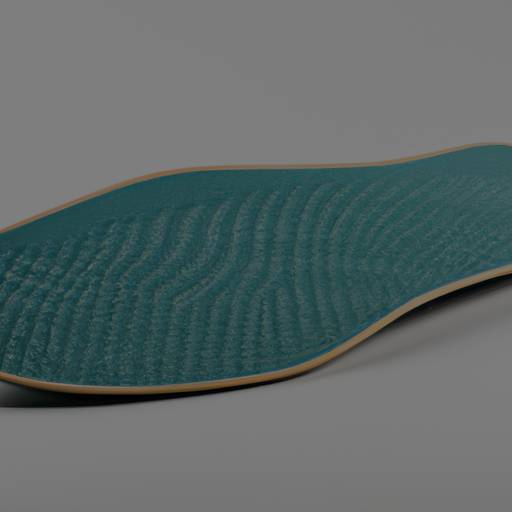
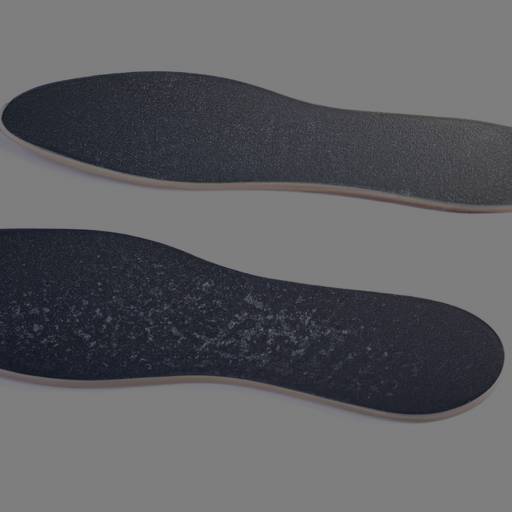
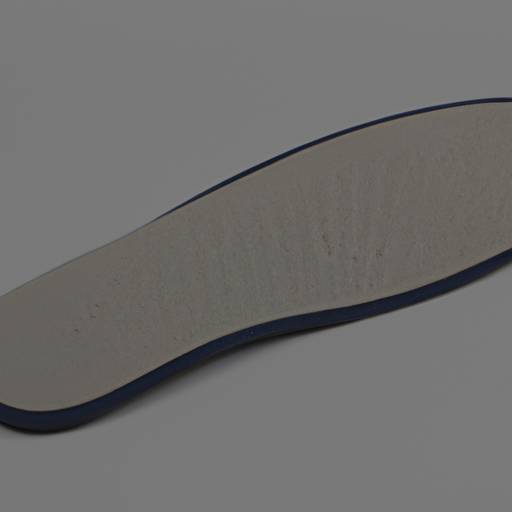
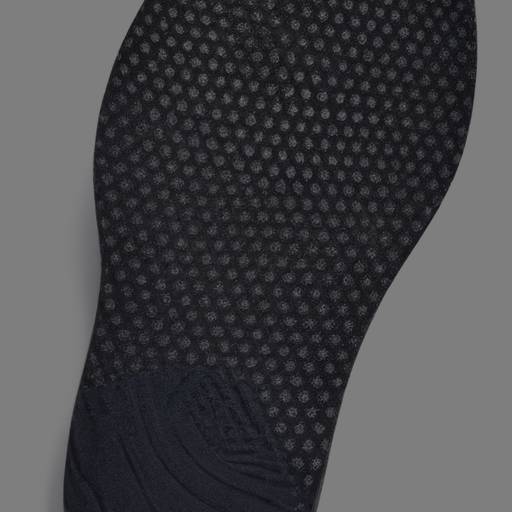
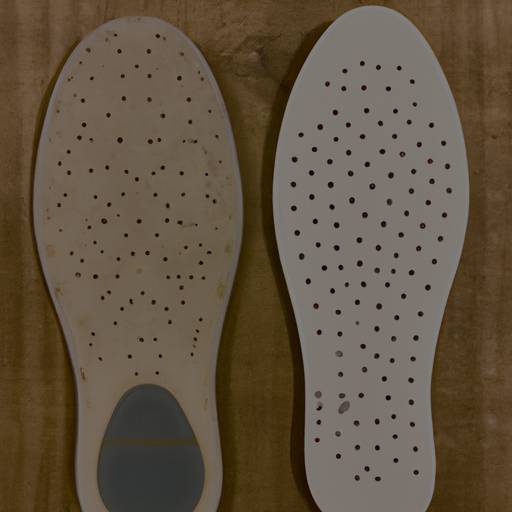


One Comment